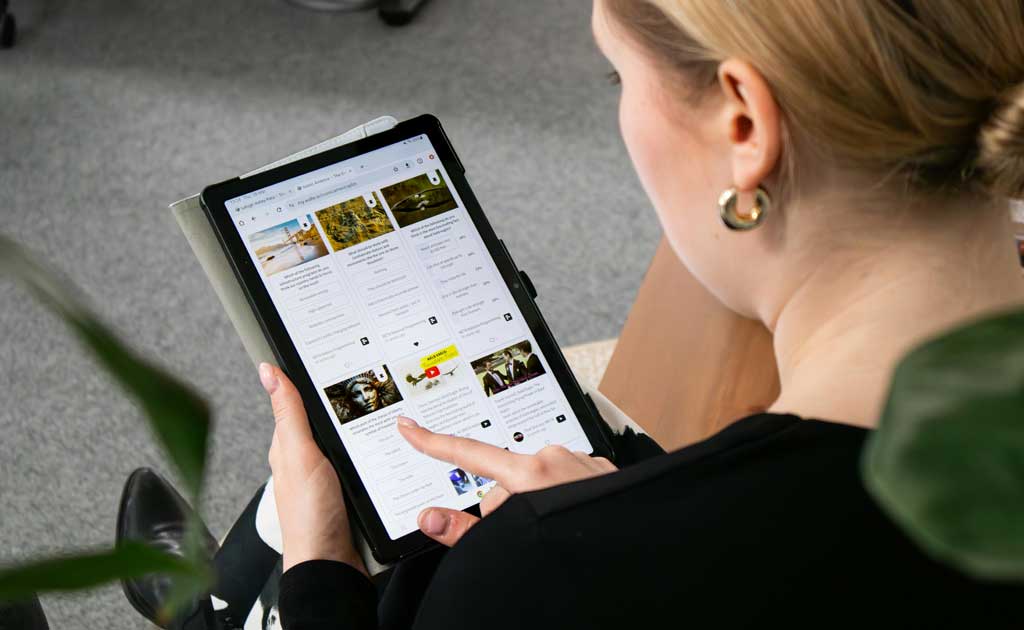 Photo by Walls.io on Pexels
Photo by Walls.io on Pexels
In an era where consumers demand richer brand experiences and seamless digital interactions, connected packaging is transforming how brands communicate and engage. This article explores the concept of connected packaging platforms, their benefits, technological foundations, and real-world applications, providing insights into why they are becoming indispensable in modern product marketing.
Connected packaging refers to smart packaging solutions that enable brands to connect physical products to digital experiences. By embedding technologies such as QR codes, NFC tags, or augmented reality markers, packaging becomes a gateway to online content, offering consumers interactive and personalized experiences.
Please see Orijin Plus as one example of a company that implements the Connected Packaging Platform very well.
Traditional packaging primarily serves informational and protective roles. Connected packaging elevates these functions by transforming packaging into an interactive medium, enabling brands to tell stories, deliver promotions, authenticate products, and collect consumer data at the point of interaction.
A connected packaging platform is an integrated system that manages, tracks, and analyzes interactions initiated via connected packaging. It facilitates communication between the physical product and digital services, allowing brands to orchestrate personalized campaigns, monitor product journeys, and optimize consumer engagement.
Content Management System (CMS): Hosts digital assets such as videos, menus, coupons, or AR experiences that are linked to packaging.
Data Analytics Dashboard: Tracks consumer interactions, providing insights into behavior, preferences, and campaign effectiveness.
Integration APIs: Connects with CRM, e-commerce, and marketing automation tools to streamline workflows.
Security and Authentication Modules: Helps fight counterfeiting by verifying product authenticity.
Connected packaging leverages a blend of technologies tailored to fit different use cases and budgets:
Simple to implement and scan with any smartphone, QR codes are the most common gateway to digital content. They offer flexibility and affordability but rely on consumer willingness to scan.
NFC enables contactless data exchange between the package and devices, activated by tapping or proximity. It provides a smoother user experience and facilitates secure transactions or access to exclusive content.
AR markers on packaging trigger immersive digital overlays, creating engaging and memorable experiences that elevate brand storytelling.
Advanced packaging can include sensors providing temperature control, freshness indicators, or tamper evidence — applicable in sensitive product categories like pharmaceuticals or food.
Connected packaging platforms offer brands and consumers a multitude of advantages:
Interactive packaging fosters deeper brand connections, increasing recall and loyalty by delivering tailored content and offers.
Platforms enable real-time tracking of products and authentication to combat counterfeit goods, enforcing brand integrity.
Brands gain valuable insights into consumer behavior at the moment of engagement, empowering targeted and adaptive marketing strategies.
By reducing reliance on printed materials and enabling dynamic content updates, connected packaging supports sustainable practices.
Here are some real-world applications and use cases:
Brands deploy connected packaging to share recipes, reward programs, and product origins, enhancing shopping experiences.
Connected platforms ensure medicine authenticity, track storage conditions, and provide patient information, improving safety and compliance.
Authentication features protect against counterfeit luxury items, providing consumers confidence in their purchases.
Interactive labels tell product stories, verify freshness, and engage customers via tastings or pairing suggestions.
Despite its promise, connected packaging faces several hurdles:
Consumer Adoption: Requires awareness and willingness to engage with digital experiences.
Cost Implications: Integration of sophisticated tech can raise packaging costs, impacting margins.
Data Privacy: Collecting consumer data mandates compliance with privacy regulations like GDPR.
Technical Compatibility: Ensuring seamless user experience across devices and geographies is critical.
Emerging trends suggest connected packaging will become even smarter and more ubiquitous:
AI Integration: Personalizing content in real time based on consumer profiles and interaction history.
Blockchain: Strengthening supply chain transparency and product provenance.
Sustainability: Incorporating biodegradable electronics and reducing packaging waste.
5G Connectivity: Enabling faster, interactive, and richer consumer experiences.
Connected packaging platforms are redefining the relationship between brands and consumers, transforming static product packaging into dynamic, interactive experiences. By embracing this technology, brands can unlock new marketing potential, improve supply chain trustworthiness, and meet the evolving expectations of the digital consumer. As technology advances, connected packaging will undoubtedly become a cornerstone of innovative product strategies driving growth and engagement in the years to come.
Discover our other works at the following sites:
© 2025 Danetsoft. Powered by HTMLy